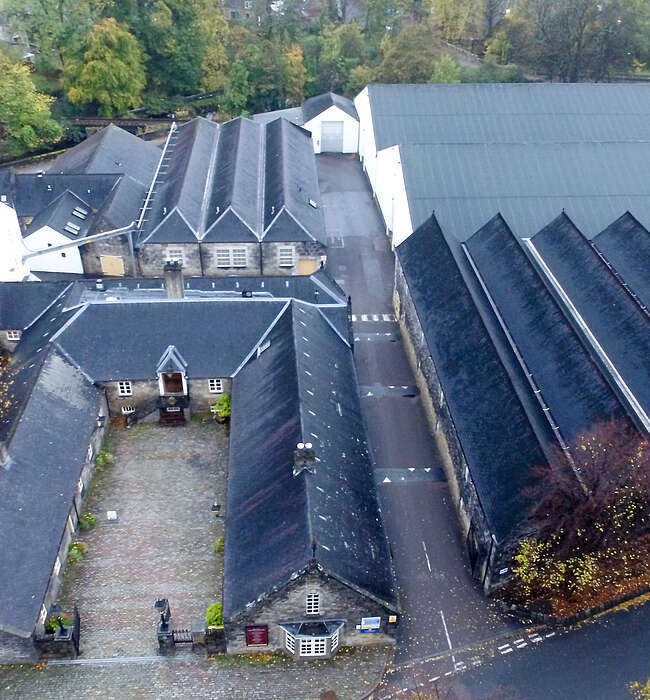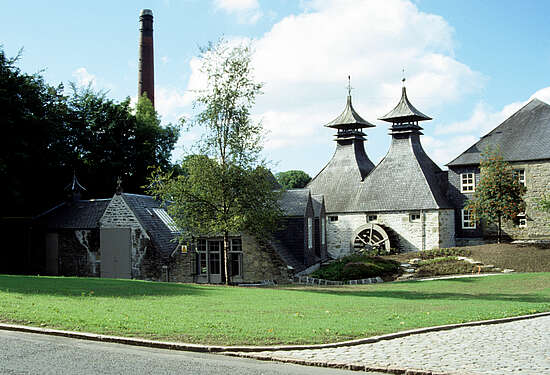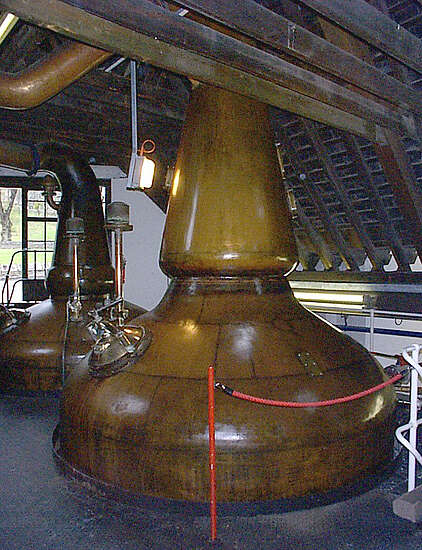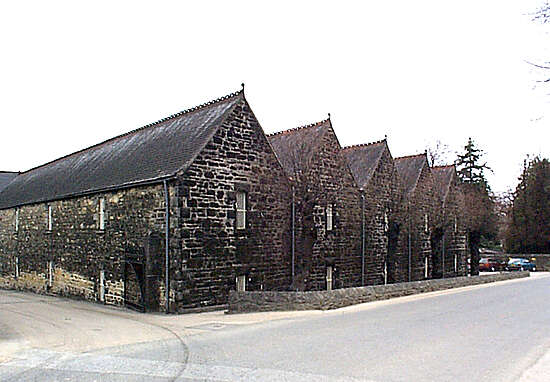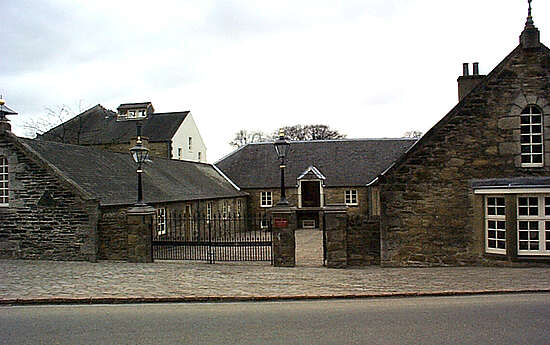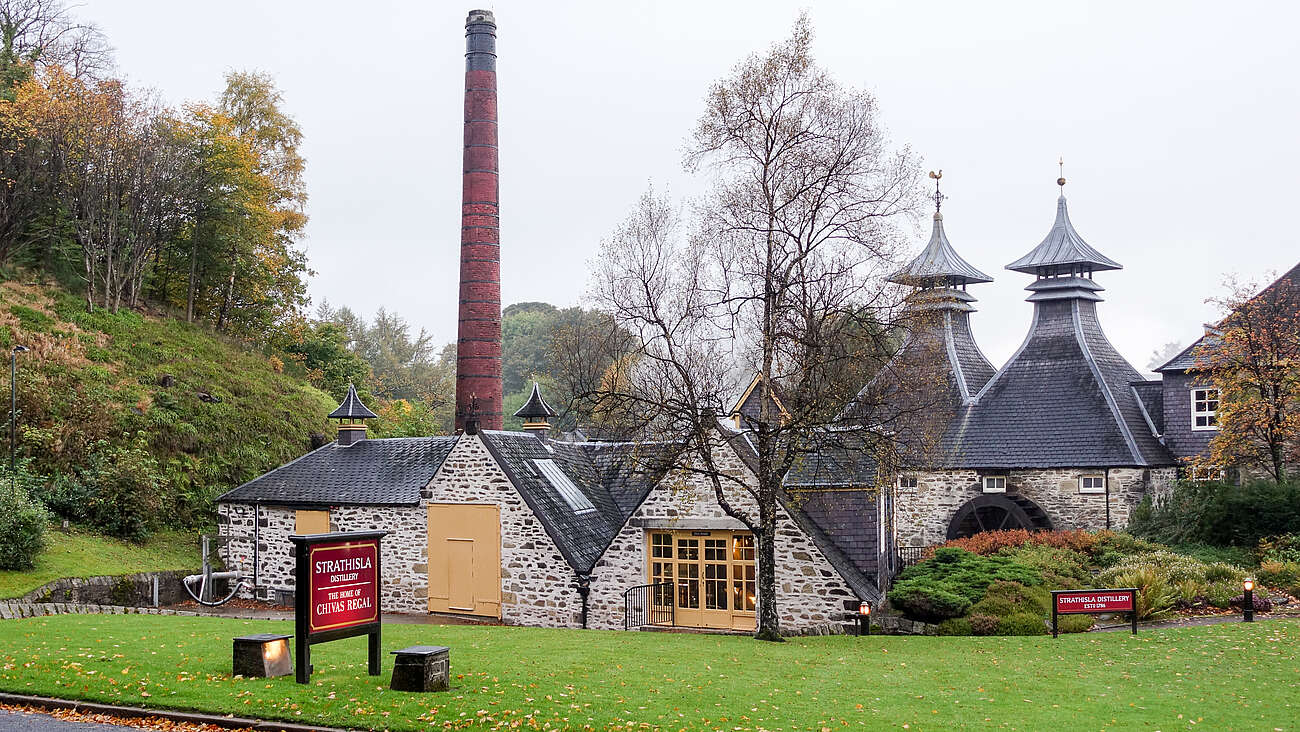
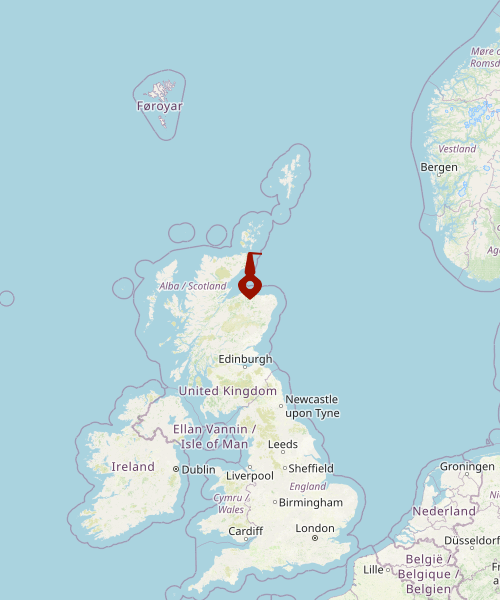
Strathisla
Strathisla has the distinction of being the oldest continuously operational distillery in Scotland. In an industry where starts and stops are rife, it’s pretty impressive to last as long as Strathisla has. It has been operational since 1786, which makes it to one of the few members of the “1700s” club in Scottish distillation.
Details about the Distillery
The Whisky
The Speyside distillery of Strathisla is one of the most photographed distilleries in Scotland, and for good reason. Nestled in between the region’s rolling hills, Strathisla is beautiful and compact, and has gardens that the Royal Chelsea Flower Show would envy. The distillery has released a number of official bottlings, but these have been more of a range of sporadic releases, as opposed to a regular range of bottlings that are continuously available from the distillery. The bottlings that have been released from the distillery include a 10 year old, 14 year old, 15 year old, 16 year old, and 18 year old. There is a 12 year old Single Malt in a rectangular shaped bottle, which is available most of the time since 1995.
There have been an extensive number of independent bottlings of Strathisla over the years. The vast majority of these have been released by Gordon & MacPhail. The independent bottler has released over 40 different bottlings of Strathisla, and range from a bottling released in the mid 1970s from a cask filled in 1937 to an 8 year old. Most of these bottlings are expensive vintages ranging from the 50s to the 60s.
As Strathisla is one of the oldest operational distilleries in Scotland, it seems to be almost setting a record on how many independent bottlers have released its Whisky. The other bottlers that have released Strathisla include Duncan Taylor, Douglas Laing, and Signatory Vintage, as well as many more.
In addition to being a prolific Single Malt, Strathisla is used as a major component in the Chivas Regal Blends. The distillery names itself the Home of the Chivas.
The Production
Strathisla distillery draws its water from the Fons Bullen Well, which can be visited close to the parking lot. The well is particularly well regarded, as it is entirely peat free, which makes for a wonderfully smooth Whisky. Local legend says that Kelpies, which are shape-shifting spirits that can appear as horses and as humans, and have been known to pull people down to a watery grave, occupy the spring. If there are Kelpies there though, they’ve done an excellent job of keeping the water clear so that brilliant Whisky can be distilled. The production capacity of the distillery stands at 2.4 million liters a year.
The Pot Stills
Strathisla has two spirit and two wash stills. The wash stills have a capacity of 12,500 liters, and the spirit stills each have a capacity of 8,500 liters. The pot stills have a short, squat shape, with shorter necks that normally appear on pot stills. This helps give the spirit maximum exposure to the copper, which helps contribute to the flavor of the Whisky.
The Maltings
The malt used at Strathisla is predominantly unpeated. The distillery used its own malting floors up until 1950, but since the distillery has been acquired by the Chivas Brothers, the malt is now sourced from their industrial maltings.
The History
Strathisla has the distinction of being the oldest continuously operational distillery in Scotland. In an industry where starts and stops are rife, it’s pretty impressive to last as long as Strathisla has. It has been operational since 1786, which makes it to one of the few members of the “1700s” club in Scottish distillation. It was originally founded as Milltown distillery. George Taylor and Alexander Milne, who founded the site, wanted to branch out beyond their experience in the flax dressing industry. The land on which the distillery was built was leased from the Earl of Seafield.
The first decades of Strathisla’s production did not go well. The distillery was badly damaged by a fire in 1876, and then in 1879 another tragedy struck and an explosion in the malt mill destroyed part of the distillery. In 1880, William Longmore retired, and passed operations down to his son in law, John Geddes-Brown.
In 1825, McDonald Ingram and Company acquired Strathisla, and five years later, in 1830, it changed hands again, with William Longmore acquiring it. Under Longmore, Strathisla flourished. In 1870, the name of the site was changed to Strathisla, and then in 1890 it was changed again to Milton, and then back to Strathisla in 1951.
But I’m getting ahead of myself. Operations at the distillery were briefly suspended during the First World War, due to the restriction placed upon the use of barley at the time. Following the First World War, the Great Depression hit the Whisky industry hard. Strathisla managed to survive, which was no easy feat, as the compounded impacts of both the Depression and Prohibition had a crippling effect upon the Scottish Whisky industry.
The distillery managed to survive the Second World War, too. In 1950, the Chivas Brothers bought the site, which was in a sorry state, after it went to compulsory auction. Chivas bought the distillery for £71’000, which was a great deal of money at the time. Following the re-construction of the site, the distillery’s name was changed back to Strathisla. In 1965, the number of the stills at the distillery was increased from two to four, in order to cater to an increased demand. Under the Chivas Brothers, the distillery continued to thrive, and remarkable, has not changed hands. When Pernod Ricard acquired the Chivas Group in 2001, they allowed them to retain control over the distillery. Today, the distillery is the operational and spiritual heart of the company.
Visitor’s Centre
The visitor’s centre at Strathisla is fairly intricate. Some members of the Scottish Whisky community have described it as a kind of Chivas Disneyland. The distillery offers the opportunity to tour the facility in a self guided manner. There is an extensive gift shop and museum on the history of distillation in the area and of the distillery itself.
